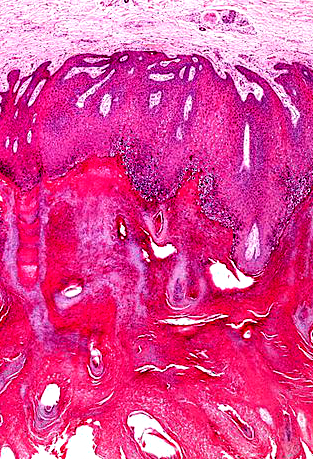Lab-grown lady cells make lively test site
 Researchers have grown functional vaginal skin cells outside the body, to help make important discoveries on the relationships between the bacteria that live there.
Researchers have grown functional vaginal skin cells outside the body, to help make important discoveries on the relationships between the bacteria that live there.
The health of the human vagina depends on the fine balance of various types of resident bacteria, which live on the surface and feed on products produced by vaginal skin cells.
Studies have now shown that certain 'good' bacteria create a physical and chemical barrier to 'bad' bacteria and viruses including HIV.
A new study published in the journal PLOS One details the advanced methods for studying the relationship between the skin cells and the ‘good’ bacteria.
Researchers from the University of Texas Medical Branch have become the first to grow human vaginal skin cells in a dish, in a manner that creates surfaces which support colonisation by the complex communities of bacteria collected during routine gynaecological exams.
The bacterial communities have never before been successfully grown outside a human.
By using the new model vaginal environment, researchers discovered that certain bacterial communities alter the way HIV infects and replicates.
The laboratory model allows careful and controlled evaluation of the bacterial community to ultimately identify those species which weaken defences against HIV.
UTMB’s Dr Richard Pyles says this model “will provide the opportunity to study the way that these mixed species bacterial communities change the activity of vaginal applicants including over-the-counter products like douches and prescription medications and contraceptives. These types of studies are very difficult or even impossible to complete in women who are participating in clinical trials.”
In fact, the team's report documented the potential for their system to better evaluate current and future antimicrobial drugs in terms of how they interact with ‘good and bad’ bacteria.
In their current studies, a bacterial community associated with a symptomatic condition called bacterial vaginosis substantially reduced the antiviral activity of one of the leading anti-HIV medicines.
Conversely, vaginal surfaces occupied by healthy bacteria and treated with the antiviral produced significantly less HIV than those vaginal surfaces without bacteria treated with the same antiviral.
“This model is unique as it faithfully recreates the vaginal environment ex vivo, both in terms of the host cellular physiology and the associated complex vaginal microbiomes that could not previously be cultured. I believe it will be of immense value in the study of sexually transmitted infections,” said Dr Marc Baum and co-author of the report.








 Print
Print